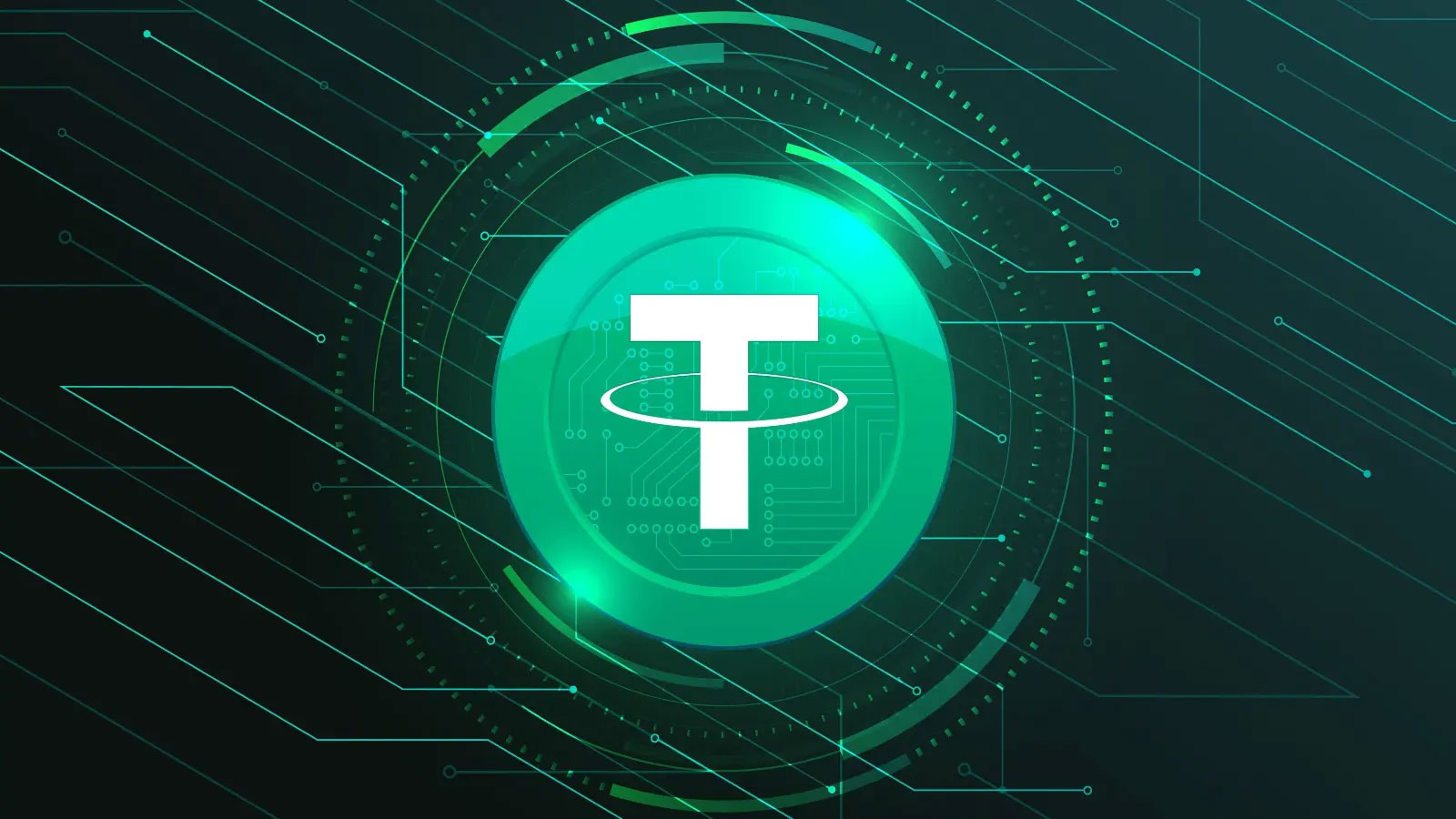Institutions Seek Detailed Blockchain Analytics for Crypto Adoption ? Elliptic
Blockchain Analytics for Crypto Adoption can help institutions to reduce risk, improve compliance, and enhance transparency.

As more and more institutions explore the world of digital assets, the demand for on-chain analytics platforms has grown exponentially. Blockchain analytics tools enable compliance experts, investigators, and regulators to better understand the patterns and entities involved in cryptocurrency transactions.
Elliptic, a leading blockchain analytics firm, is seeing a significant increase in demand for its services from institutional clients. In an interview with Cointelegraph, Elliptic's co-founder and chief scientist, Tom Robinson, explained that institutional investors are increasingly seeking detailed blockchain analytics to help them manage risk and comply with regulations.
"Institutional investors are looking for ways to reduce their risk exposure and ensure that they are compliant with all applicable regulations," Robinson said. "Blockchain analytics can help them to achieve both of these goals."
Institutions Seek Detailed Blockchain Analytics
One of the most important use cases for blockchain analytics is anti-money laundering (AML) and sanctions compliance. Crypto exchanges and other businesses that handle crypto assets are required to comply with AML and sanctions regulations. Blockchain analytics tools can help these businesses to identify and screen for suspicious transactions.
For example, Elliptic offers a crypto transaction and wallet screening tool that helps businesses to identify transactions that may be linked to money laundering, terrorist financing, or other criminal activity. The tool also helps businesses to identify transactions that may violate sanctions regulations.
Another important use case for blockchain analytics is due diligence. Institutional investors often need to conduct due diligence on crypto businesses before investing in them. Blockchain analytics tools can help investors to assess the risk profile of a crypto business by analyzing its blockchain transactions.
Elliptic offers a product called Discovery that provides risk profiles of exchanges and other crypto services based on analysis of their blockchain transactions. This information can be used by investors to make informed decisions about where to invest their money.
Blockchain analytics is also being used by law enforcement agencies to investigate crypto-related crimes. Blockchain analytics tools can help investigators to track the movement of funds and identify the individuals and entities involved in criminal activity.
For example, Elliptic's Investigator software allows graphical exploration of crypto wallets and the transactions between them. This software is used by law enforcement investigators to "follow the money" and link criminal activity to individuals.
How is AML in crypto different from mainstream AML within banks for fiat?
One of the main differences between AML in crypto and AML in traditional banking is that most crypto transactions are visible on the blockchain. This makes it much easier to identify whether funds have originated from criminal activity by tracing them using blockchain analytics tools.
In traditional banking, it is more difficult to trace the movement of funds. Banks are not required to disclose all of their customer transaction data to regulators. This makes it more difficult for regulators to identify and track suspicious transactions.
The benefits of blockchain analytics for institutional adoption of crypto
Blockchain analytics can help institutions to adopt crypto in a number of ways, including:
- Reducing risk: Blockchain analytics can help institutions to identify and mitigate risks associated with crypto investments. For example, institutions can use blockchain analytics to identify and screen for suspicious transactions, and to assess the risk profile of crypto businesses.
- Improving compliance: Blockchain analytics can help institutions to comply with AML and sanctions regulations. For example, institutions can use blockchain analytics to screen for transactions that may violate these regulations.
- Enhancing transparency: Blockchain analytics can help institutions to better understand the crypto ecosystem. For example, institutions can use blockchain analytics to track the movement of funds and identify the individuals and entities involved in crypto transactions.
The future of blockchain analytics
The future of blockchain analytics is bright. As more and more institutions adopt crypto, the demand for blockchain analytics solutions is expected to grow. Blockchain analytics firms are constantly developing new and innovative tools to help institutions manage risk, comply with regulations, and better understand the crypto ecosystem.
Blockchain analytics is a critical tool for institutional adoption of crypto. Blockchain analytics can help institutions to reduce risk, improve compliance, and enhance transparency. As more and more institutions explore the world of digital assets, the demand for blockchain analytics solutions is expected to grow significantly.
What's Your Reaction?
















